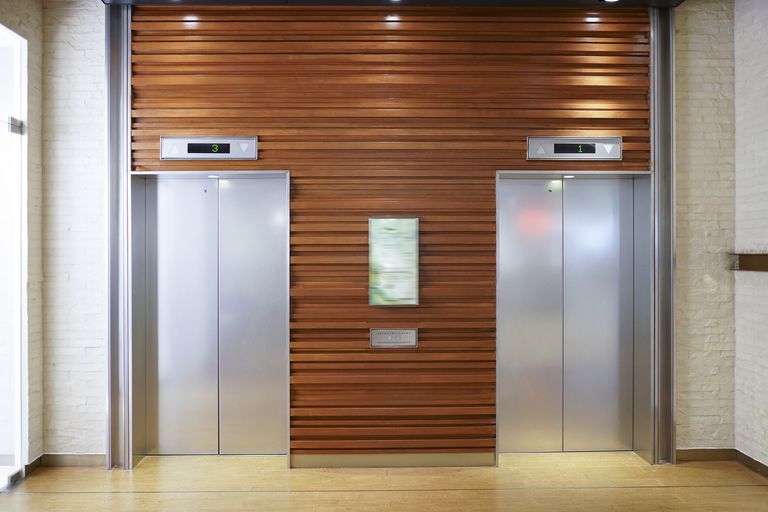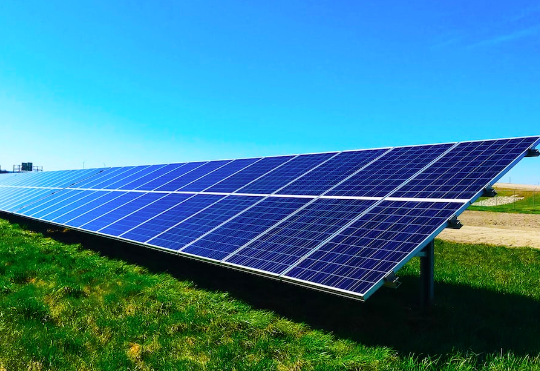Although horror and action flicks would love to have you believe that elevators are a freefall waiting to happen, they’re actually safer than you might think. With a multitude of regulations and safety features in place, riding in an elevator might very well be the lowest-risk thing you do all day. Here’s why.
Careful Plans and Regular Inspections
Did you know that there are specialized technicians whose whole job is to plan for and inspect operation of elevators? Elevator consulting ensures that everything is in ship-shape, throughout the process of planning, design, construction and beyond. Preventative maintenance is regularly performed on elevators by trained workers, and they are also periodically inspected and analyzed over the course of operation. Knowing there are so many sets of trained eyes on the elevator from well before it’s even installed all the way on through daily operation, we can all breathe a little easier when we step inside.
Unbelievably Strong Materials
Each elevator car has at least two (and up to eight) cables which suspends it and allows it to operate. These cables must be able to hold many times the weight of a fully-loaded elevator. In fact, each cable alone should be able to hold the entire weight of a full car. This is a huge improvement from the original 19th-century elevator systems, which merely used hemp ropes for operation.
Safety Features Galore
Elevators typically have two, if not three, types of brakes. These brakes are engaged when the power is off, disengaged when power is on. Because of this, in the event of a power outage, the elevator will simply come to a stop with the help of the brakes. In addition to the brakes, elevators are equipped with what’s called a “safety chain” (not a physical chain, but just the automatic checks elevators perform before each use). This safety chain ensures that everything is in working order before the elevator takes off. If, for some reason, the safety chain misses something and the two or three types of brakes fail, there is still one more fail-safe: counterweights. These prevent the elevator car from a fatal plummet. In fact, if there was only one passenger in the car, it would actually ascend rather than descend; with two or more it would gradually descend. In either case, a cushion at either end of the elevator shaft would ultimately stop the car — abruptly, albeit safely.
Elevators are designed with safety at the forefront of their features. With an eye to durability, ingenious safety elements and careful inspection, you can rest assured you’re in good hands each time you ride an elevator.

Krishna Murthy is the senior publisher at Trickyfinance. Krishna Murthy was one of the brilliant students during his college days. He completed his education in MBA (Master of Business Administration), and he is currently managing the all workload for sharing the best banking information over the internet. The main purpose of starting Tricky Finance is to provide all the precious information related to businesses and the banks to his readers.




